Samsung Wireless Audio 360
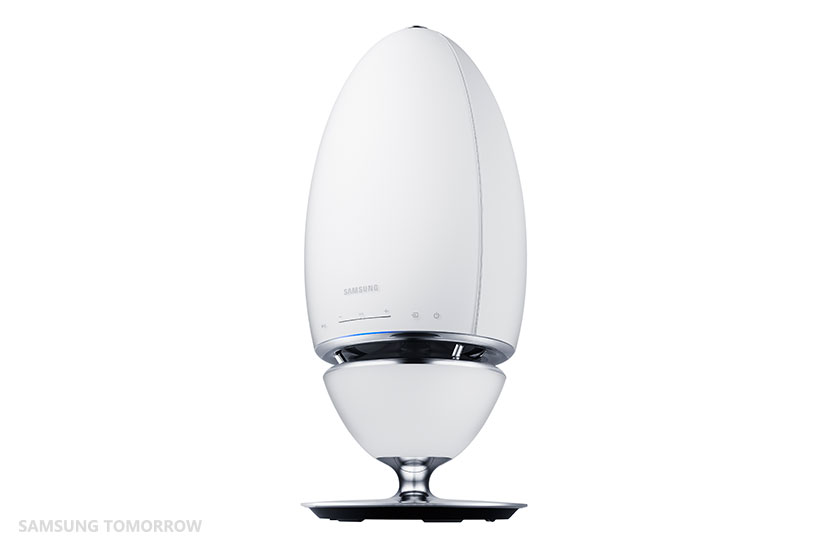
The way people listen to music has been constantly evolving over the last several decades but perhaps never more quickly than it is today. People have always demanded more choice, convenience and quality. Music is an integral part of many people’s lives and innovations move technology in the direction of letting people listen to their music wherever and whenever they want. The trend is towards fewer obstacles to unfettered, untethered (or wired) access to music – so that enjoying music is a completely seamless experience. It’s almost hard to imagine that a generation ago, people were confined to listening to their favorite albums on home record players or listening to the radio.
Last year, Samsung released a portfolio of Curved Soundbar and Multiroom Audio products, which provide the flexibility to connect and play your favorite music through wireless networks, creating an entirely new category in the audio market. This year, Samsung introduced the Wireless Audio 360, another innovative product designed to deliver rich, omnidirectional sound. Unlike traditional speakers that are designed to send sound waves straight out in one direction, the Samsung Wireless Audio 360 can distribute sound evenly, in all directions. The Samsung Wireless Audio 360 can also connect wirelessly to TVs and other devices.
How it was designed
The members of the Audio Lab, located in Southern California, were set with the task of developing technology that could deliver omnidirectional sound without compromising sound quality. The team first focused on the shape of the product, to determine the most ideal design for producing omnidirectional sound. Dozens of design concepts were developed and tested, including oval, cone and square. The engineers finally agreed that the oval shape was most effective for producing omnidirectional sound, while also reducing sound distortion and noise. Furthermore, the oval shape is a good visual complement to the product’s surround sound capabilities.
Every detail of the product was carefully designed, including the angle of the components located inside of the audio product. Samsung carefully measured results throughout each stage of production to ensure the sound could spread evenly in all directions, and the product was tuned several times.
This rigorous attention to detail was carried through to the construction of the product components of the Wireless Audio 360. Samsung constructed everything from the speakers to the acoustic lens that reflects the sound.
How it Works
The key components that make up a speaker are the tweeter and woofer. These components were positioned precisely so that the tweeter – which projects high-pitched audio – could emit sound upwards; and the woofer – which projects low-to-mid-range audio – could emit sound downwards. The Wireless Audio 360 also compresses and reflects music content through the Ring Radiator structure, producing a balanced omnidirectional sound that combines high-pitched and low-pitched tones.
The Ring Radiator is a ring-shaped piece that synthesizes the different audio components, such as passage of sound, acoustic lens and also the location of speaker units, to evenly spread music coming out of the speaker unit. This proprietary Samsung technology can simultaneously compress and reflect sound that travels forward, emitting sound in all directions when music content from the tweeter and woofer pass through.
Samsung’s Compression Driver is also applied for smooth audio output. It compresses the sounds from the tweeter and woofer to produce stronger and more balanced music.
The compressed sound is reflected by the Acoustic Lens, and is let out through the space on the optimal audio structure. Samsung created an optimal acoustic lens that can amplify sound like a loudspeaker, while eliminating distortion and noise that occurs when the speaker structure changes.
Finally, Samsung recently applied the Total Sound Power standard to its audio products, which evaluates both direct sound and reflected sound. Total Sound Power is a sound measurement method that takes the actual listening environment into consideration, unlike previous standards which only evaluated sound at one specific spot. This new standard measures sound in all directions, allowing developers and engineers to perform more meticulous tests and tuning processes.
It all comes together to create a revolutionary piece of audio equipment, which is at the cusp of a change in the way people listen to music in their homes. When paired with Samsung’s Multiroom App, users can easily control Samsung audio devices throughout the home from an easy-to-use interface. With the most cutting-edge audio technology, users can consistently enjoy balanced and high-quality sound.
Pokdepinion: I could always use a music-playing egg in my room. However I can not really imagine it beating a few smaller (possibly cheaper) speakers placed around the room strategically in terms of audio quality. Guess I will just stick to my trusty Pistons for now.








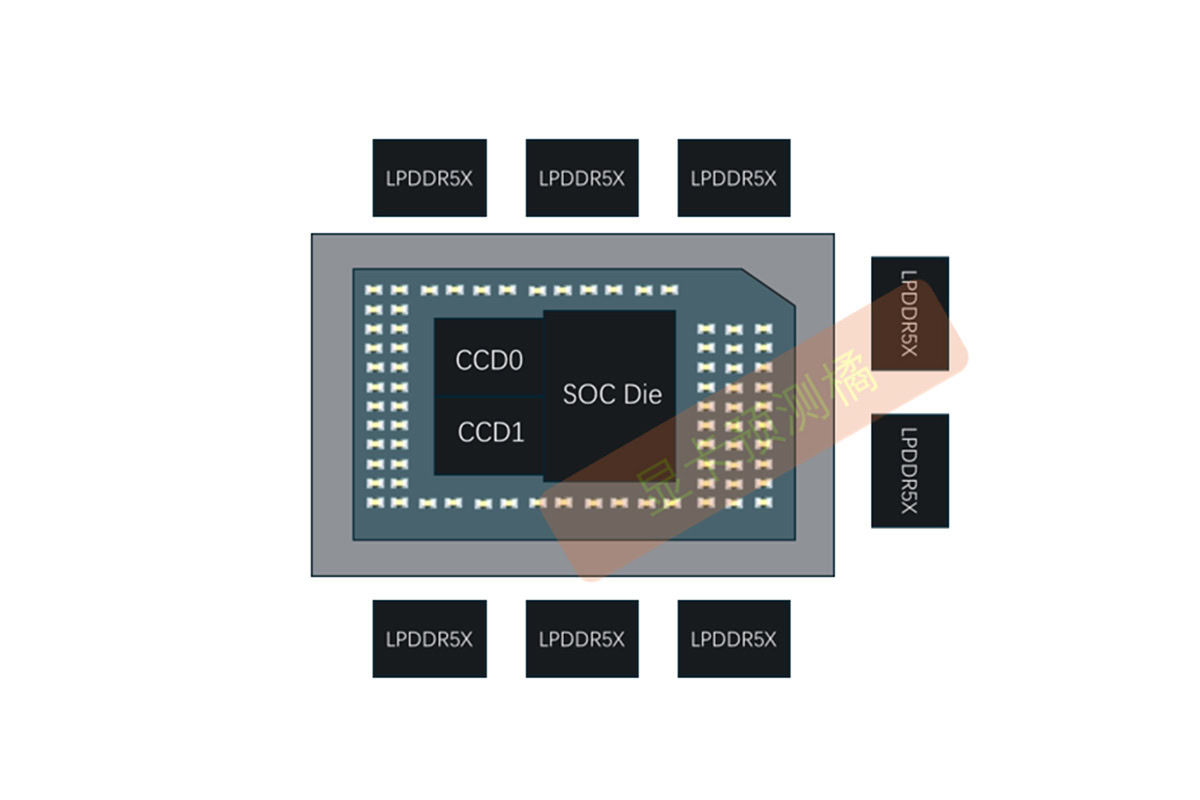
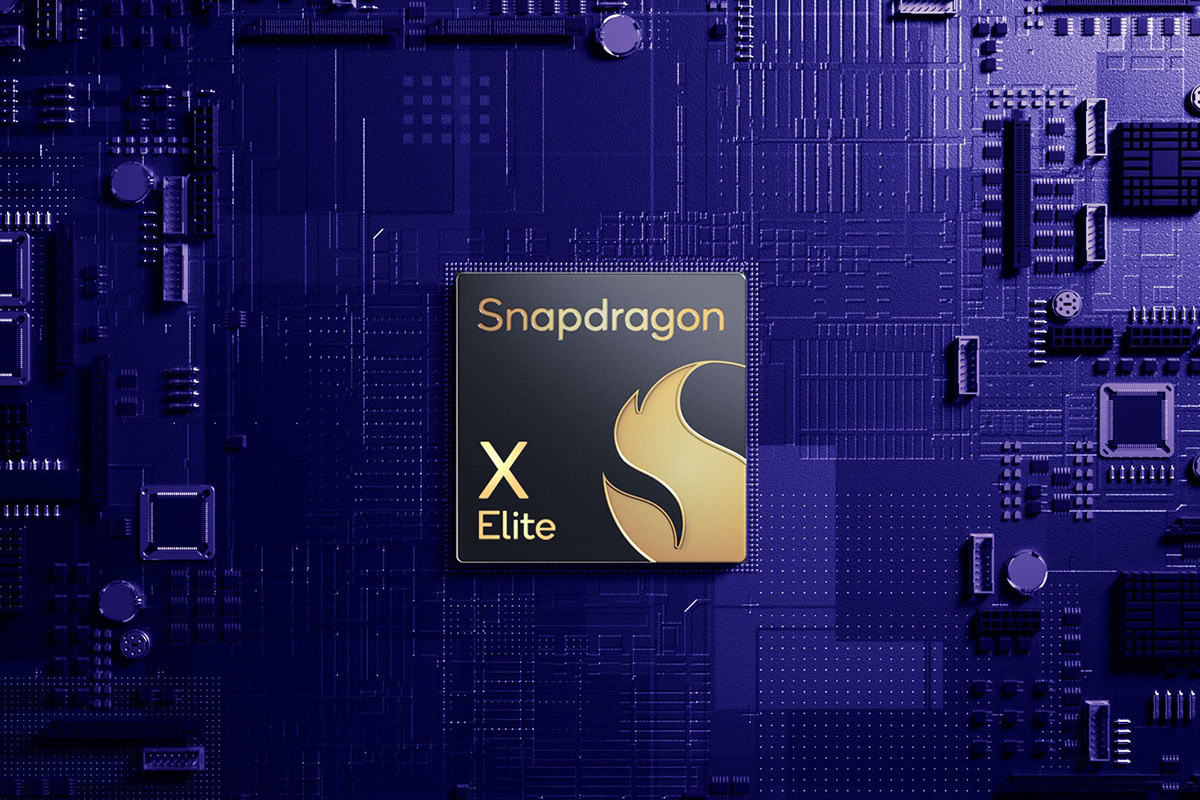
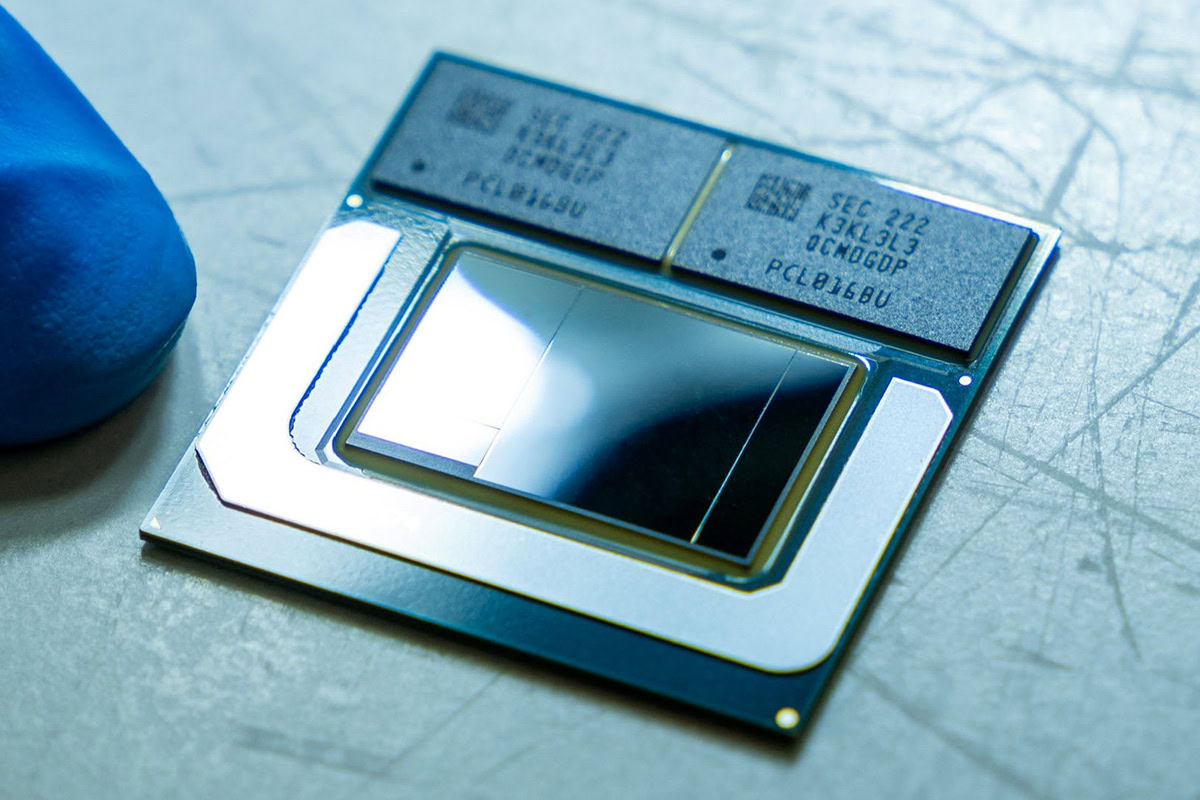









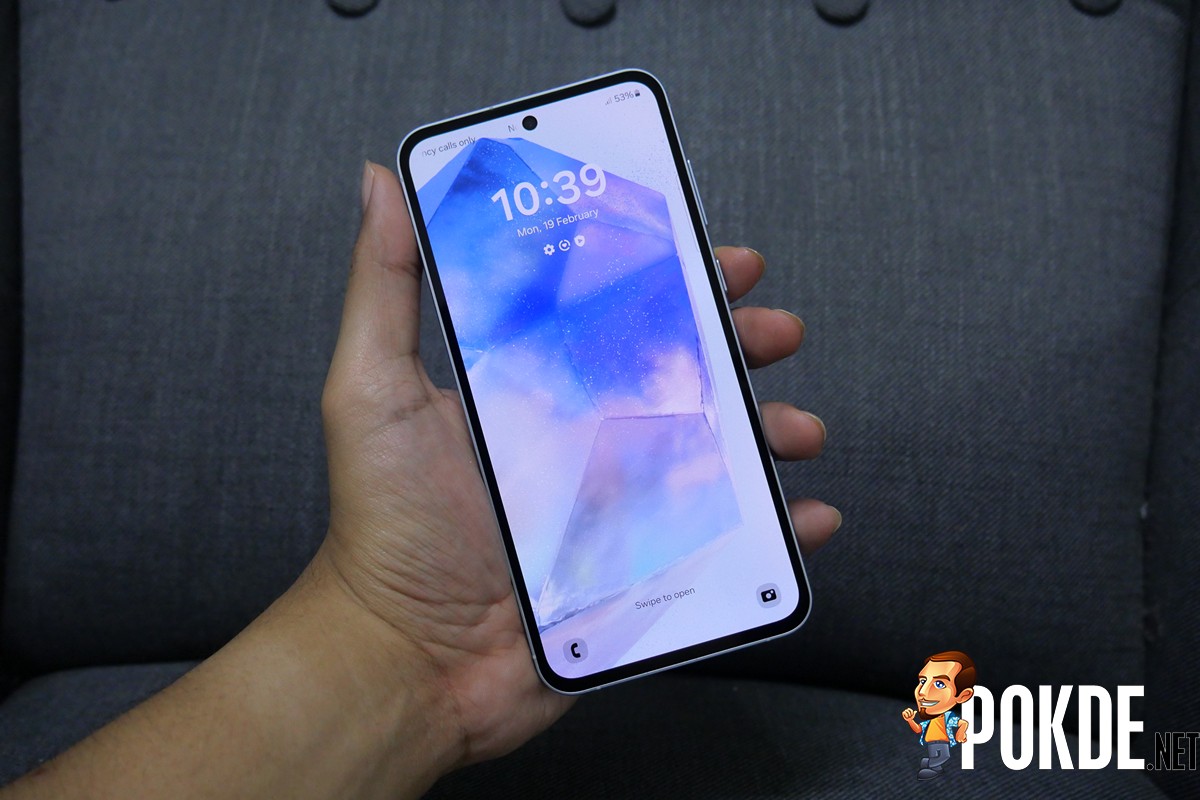













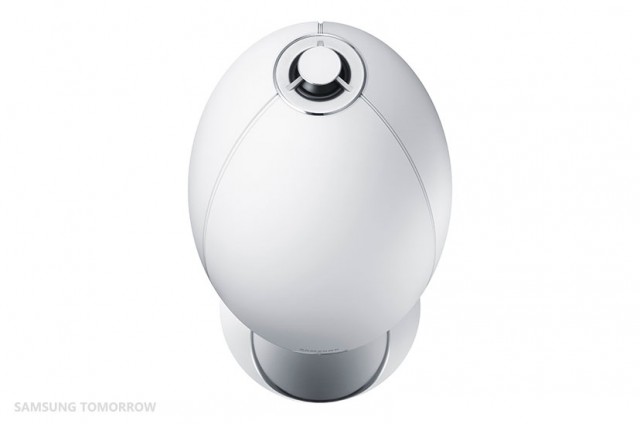
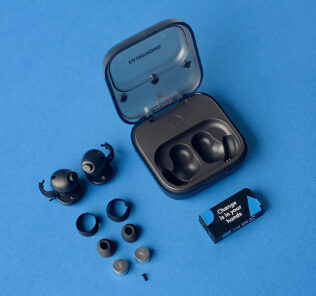


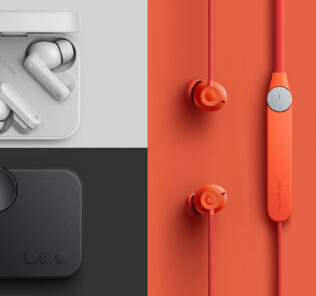

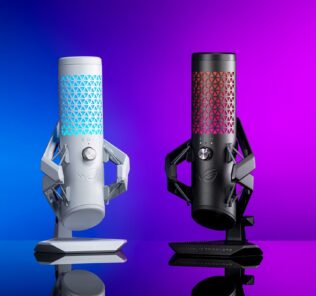

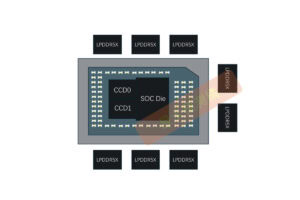



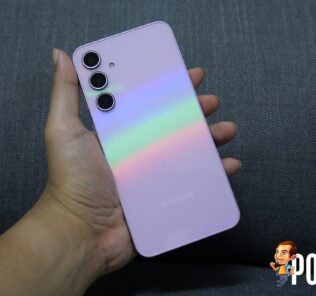


Leave a Response